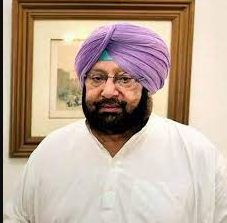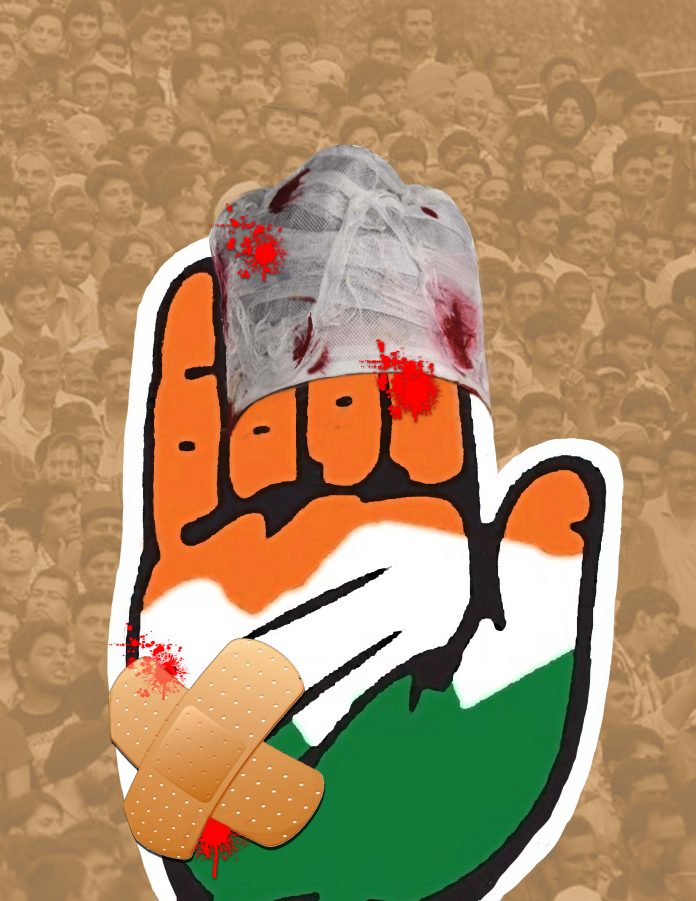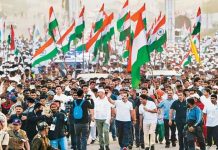By Journey Man
Is the Indian National Congress headed for another split? That is not a new question; it has always been tagged with the usual: how long before the Congress finally collapses? Such assumptions are not good for a democracy. No other party – other than the Bharatiya Janata Party (BJP), of course – has so far been able to emulate even close to what the Congress has achieved through history, as far as a national footprint is concerned. And that is why it is still considered the only viable opposition at the national level.
However, today the entire woodwork of the party seems to have been eaten hollow by termites, by infighting and by a complete lack of vision. The leadership is rudderless and the minions dare not revolt in public.
When we talked of a split in the Grand Old Party in the past, we have always seen that the split has been headed by a strong leader. Even if we consider Netaji Subhas Chandra Bose’s leaving the Congress and forming the Forward Bloc, it was done by one of the most charismatic leaders the country has ever seen. It is another matter that this might not be termed as a clear split, and more of an ideological separation. When Indira Gandhi formed the Indira Congress, it was her huge persona that pushed the party apart.
On the other hand, when Pranab Mukherjee split from the Congress and formed a new party, it was not seen as a big deal. Mukherjee was never a public leader and next to nothing without the presence of the Nehru-Gandhi family. Whatever his erudition, Mukherjee was always a political servant, not a political leader in the true sense.
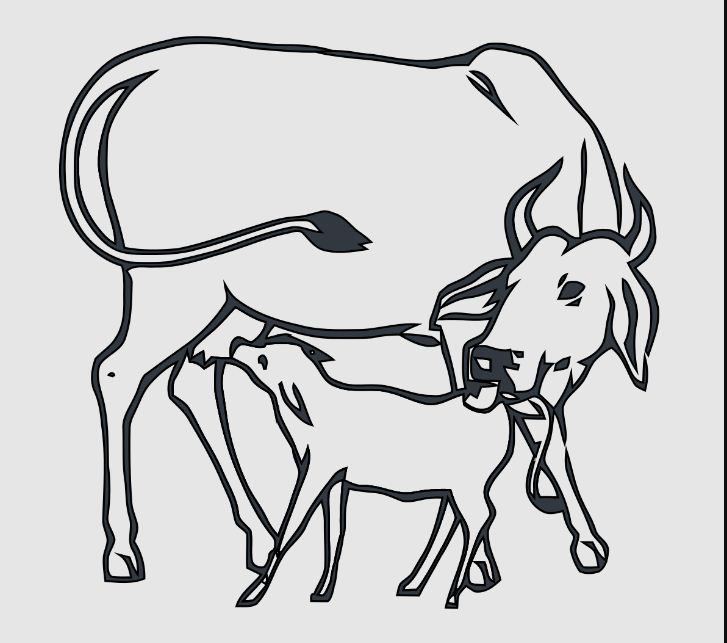

That is history and much of it has been narrated in the accompanying box. However, what is happening now is a demand for not just an overhaul but a proper reassessment of the entire system which the Congress has become victim to. The change in the attitude of the leadership (read the Nehru-Gandhi clan) can be seen in their willingness now to again engage with poll strategist Prashant Kishor. PK’s career has seen a slump, despite guiding West Bengal to a massive victory over the BJP, and that connection has now been formally terminated.
Just the other day PK had told an interviewer that he was not interested in having any truck with the Congress. Now he is back and he has already had a meeting with Rahul Gandhi and Priyanka Gandhi-Vadra. What this will yield nobody knows, but if PK is back with the Congress as its strategist, he will face the same problems that Rahul Gandhi did: the lethargy of the old guard.
It is the old guard of the party that has virtually killed all hope in the party. One look at the general composition of the so-called G23 makes it clear that it mostly comprises people who should have retired into insignificance by now. A Manish Tiwary or a (late entrant) Sashi Tharoor will not make any difference. The party has to be cleansed from inside.
So tragic is the condition of the party that some have suggested euthanasia. But an implosion cannot yield new leaders or a new direction. The party itself has to realise that there is a need for a complete overhaul. Congress spokespersons still bring out the contribution of the Congress in India’s Independence struggle. Nobody denies that. But almost the entire population of India today bears post-Independence birthdays. Your past glorious history cannot justify your current sins, your lethargy and your incapability to see into the future. If you have developed age-related cataract, then either have the film surgically removed, or hand over the reins to somebody with 20-20 eyesight.
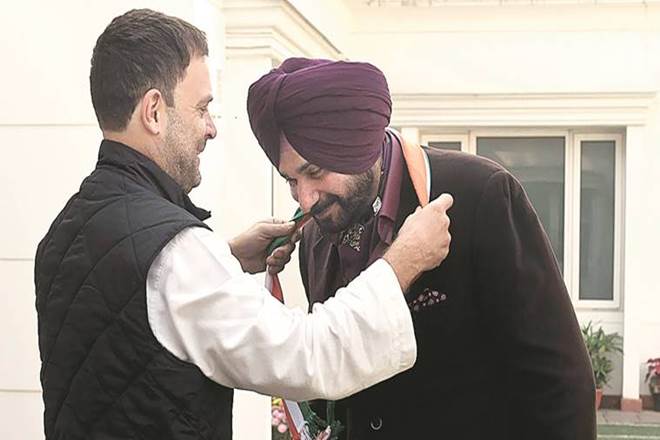

Two critical issues have to be kept in mind: The Congress party is nobody’s personal property, and that the Congress is necessary as a dominant opposition for a democracy to survive. If we amalgamate these two simple pre-requisites, the obvious solution is to seek out grassroots workers and powerful, India-based leaders.
The domination of local parties
The virtual decapitation of the Congress across the landscape of India has resulted in the rise of several regional parties. The future of opposition to the BJP has been predicted by some as an amalgamation of such parties, but that is unlikely to happen. It is not just the extreme mistrust, but a language barrier that has been created over the years that will prevent this from happening.
Think of DMK’s Stalin. He is well qualified and a good strategist, but he will speak Tamil and the country will refuse to acknowledge him. Similar is with the case with Mamata Banerjee of West Bengal, whose Hindi is abysmal. K. Chandrashekar Rao, CM of Telangana, can speak Hindi fluently, and he has an adroit political brain, but lacks the high profile to match the top post.
Maharashtra CM Uddhav Thackeray fits the bill to an extent, but his past liaison with the BJP comes in the way. And we all hope to God that Communists do not get power and destroy whatever industry is left in India.
Such is the disparity between the states that despite several attempts in the recent past, no consensus on a United Front has been arrived at. Yet, the Congress survives in many hearts across the country, despite its fall from grace and despite cheap politics at the top.
The latest stupidity – the ouster of Amarinder Singh and the elevation of Navjot Singh Sidhu by Rahul Gandhi – was the last nail in the coffin. However corrupt Amarinder may have been – he failed to even address issues in his hometown of Patiala, where he is Raja – he had at least kept the bickering Congress factions in Punjab in check. Sidhu is no more than a comedian and loose cannon and Rahul simply could not see beyond his own nose. The Aam Admi party moved in quickly.
The Congress is a vehicle, and it can be manned by new people. Let us accept that. People still support the Congress, and not necessarily the Nehru-Gandhi family or the old fogeys that totter along dimly lit corridors of power. India needs an opposition, and as of now, only Congress can provide it. Why cannot this party reinvent itself, reject garbage and redefine its vision?
What about a split?
If you go through the several splits that had happened in the Congress, you will see that only those led by strong leaders have survived, such as Subhas Bose and the Forward Bloc, India Gandhi and, of course, the Congress, Sharad Pawar and the NCP, Mamata Banerjee and the AITC. The rest have shut shop or folded back into the Congress.
Obviously, the need of the hour is a new leader of worth. The Congress cannot afford another Sidhu-like clown. P Chidambaram is too old and has said that he wants no more active politics. Sharad Pawar has taken himself to the sidelines. Sashi Tharoor has attended a G23 meeting, yet not only sits on the fence, but is also not a national leadership figure.
It is difficult to find a person of any worth within the Congress today; at least not anybody who can speak up, has a spine, is educated enough, has the gift of the gab, and has at least half a brain. A tough ask.
As the Congress split
The Indian National Congress, as we know it today, is not the same Congress as when it was founded on December 28, 1885 at Gokuldas Tejpal Sanskrit College in Bombay. The Grand Old Party has seen several ups and downs and, more importantly, innumerable ‘splits’, some on ideological lines, like the first one in 1907 and many more on personality-related ego lines, as Indira Gandhi made it many decades later.
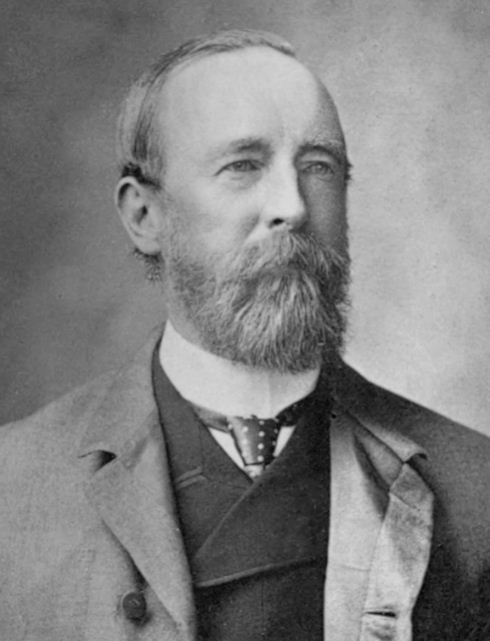

The following is a brief history of all the splits in the party:
Surat Session of INC, 1907
At the Surat Session in 1907, congress leaders split into two groups – moderates and extremists. The rift between these two sections became apparent at the Banaras Session (1905) when some nationalists, led by Tilak, denounced the method of the moderates and suggested passive resistance.
These two groups, however, merged in the Lucknow Congress session in 1916.
1923: Swaraj Party
The Swaraj Party, a new political party, was established in late 1922–early 1923 by members of the Indian National Congress (Congress Party). This was led in the main by Motilal Nehru and Chitta Ranjan Das, a nationalist politician from Bengal.
It did not last long and had disbanded by 1927.
1939: Subhas Bose, Forward Bloc
The All India Forward Bloc (AIFB), a left-wing nationalist political party, was born. It emerged as a faction within the Indian National Congress in 1939, led by Subhas Chandra Bose in Makur Unnao, Uttar Pradesh. The party still survives.
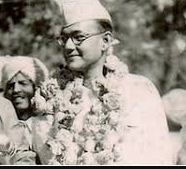

After Independence
In 1956
The Indian National Democratic Congress was formed by a group of dissidents that left the Indian National Congress in Madras State. The CRC was led by C. Rajagopalachari, who had been defeated by Kamaraj in the inner-party disputes over leadership of the Congress in Tamil Nadu. CRC was formed just one month before the 1957 elections to ÇÇÇthe Lok Sabha and the Madras state legislative assembly.
In July 1959 INDC merged into the new Swatantra Party.
In 1959
Swatantra Party was founded by leaders opposing the socialistic policies of the Congress government. Some of the prominent leaders of the time including C Rajagopalachari, Minoo Masani and N G Ranga collaborated to form a liberal and conservative party. The party stood for market-based economy and the dismantling of the license raj.
The Swatantra Party contested its first general election in the year 1962 and won 25 seats in the third Lok Sabha of 1962- 1967. After the death of Rajaji in the year 1972 the party lost its momentum and finally merged into the Bharatiya Kranti Dal in 1974.
1967: Bharatiya Kranti Dal Chaudhary Charan Singh was the Prime Minister of India between July1979 and January 1980. He was a freedom fighter and active in the politics of Uttar Pradesh. He was a proponent of rural and agricultural development. He left the Congress party and founded Bharatiya Kranti Dal in 1967.
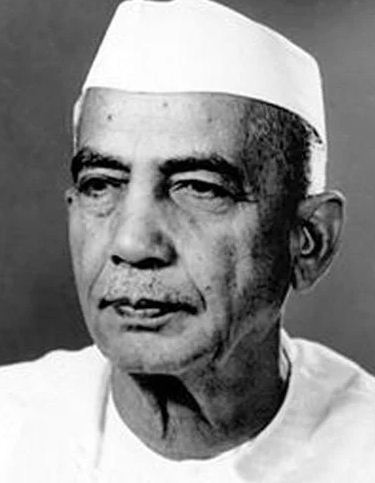

After the 1977 general election, the party merged into the Janata Party.
1969: Indian National Congress (O)
During Indira Gandhi’s time the Congress was split into two on November 12, 1969 over differences with K Kamaraj. Indira Gandhi was expelled from the Congress party for violating party discipline. She then formed the Congress (R) and a majority of the AICC members walked over to her side.
The Indian National Congress (Organisation) was also occasionally informally referred to as the Syndicate and the Indira faction by “Indicate”. K Kamaraj and Morarji Desai were the leaders of the INC(O).
In the 1971 general election, the INC(O) won about 10% of the vote and 16 Lok Sabha seats.
The total vote share of Congress (O) in 1977 was almost halved from 1971 and they lost three seats. Later the same year, INC(O) formally merged with the Bharatiya Lok Dal, Bharatiya Jan Sangh, Socialist Party of India, Swatantra Party and others to form the Janata Party.
Congress (O)’s leader Morarji Desai served as the fourth Prime Minister of India from 1977 to 1979 which was India’s first non-Congress government.
1969 : Indian National Congress (R)
When Indira Gandhi was expelled from the Congress party for violating party discipline, she created Congress (Requisitionists) in 1969; it was created and led by Indira Gandhi. Initially this party was known as Congress (R), but it soon came to be generally known as the “New Congress”.
In the All India Congress Committee, 446 of its 705 members walked over to Indira’s side.
1978, Congress (I)
In the parliamentary elections held in March 1977, the opposition Janata (People’s) Party scored a landslide victory over the Congress Party, winning 295 seats in the Lok Sabha against 153 for the Congress; Indira herself lost to her Janata Party opponent, an unknown face so far.
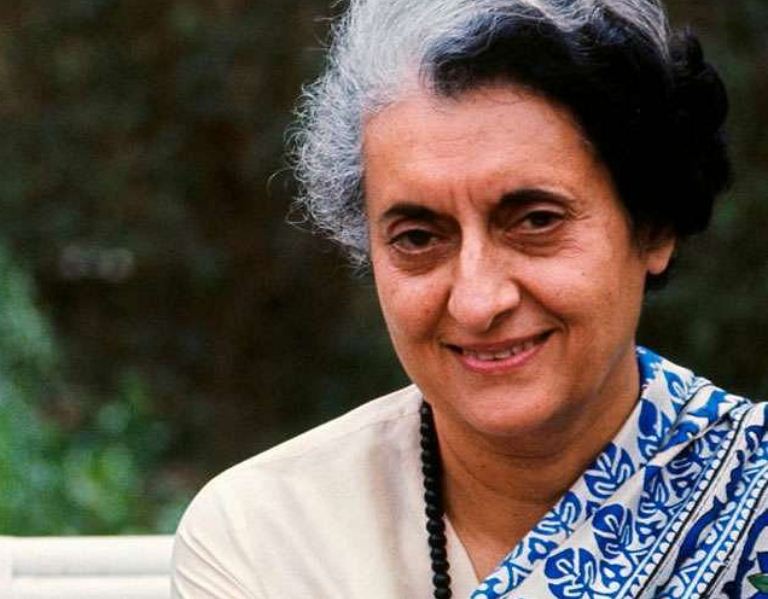

On January 2, 1978, she and her followers seceded and formed a new opposition party, popularly called Congress (I)—the “I” signifying Indira. Over the next year, her new party attracted enough members of the legislature to become the official opposition, and in 1981 the national election commission declared it the “real” Indian National Congress. In 1996 the “I” designation was dropped. In November 1979 Indira regained a parliamentary seat, and the following year she was again elected Prime Minister.
1979: The Indian National Congress (U)
The Indian National Congress (U) was a breakaway faction of the Indira Gandhi-led Congress (I), formed in July 1979 by D. Devaraj Urs, the then Chief Minister of Karnataka.
Urs’ explanation of the split was the return of Indira’s son Sanjay Gandhi into the party fold. Urs took with him many legislators from Karnataka, Kerala, Maharashtra and Goa including future Union Ministers and Chief Ministers, Yashwantrao Chavan, Dev Kant Baruah, Kasu Brahmananda Reddy, A.K. Antony, Sharad Pawar, Sarat Chandra Sinha, Priyaranjan Das Munshi and K. P. Unnikrishnan.
1980, Congress (A)
A. K. Antony split from Congress (U) to form Congress (A) in Kerala and joined the LDF government under E.K. Nayanar. However, after the fall of the government in 1982, the Congress (A) outfit went back to the original Congress.
1981: Indian Congress (Socialist)
When Sharad Pawar took over the party presidency in October 1981, the name of the party was changed to Indian Congress (Socialist). In 1980, after Indira Gandhi swept the Lok Sabha polls, Pawar’s state government was dismissed. In the Maharashtra elections in 1980, his party lost.
Again in 1985, Pawar’s party the Indian National Congress (Socialist) won only 54 seats and he became the Leader of Opposition in Maharashtra.
With the split and the decline of the Janata Party nationally, Pawar soon realised that he can’t get back to power in Maharashtra on his own. Pawar merged his party back into the Congress in 1986.
1984: Indian Congress (Socialist)
The party was formed through a split in the Indian Congress (Socialist), and was led by former Assam Chief Minister (1971–78), Sarat Chandra Sinha. This faction merged with Sharad Pawar’s Nationalist Congress Party (NCP) in 1999.
1985: Pranab Mukherjee’s party
Pranab Mukherjee formed his own party, the Rashtriya Samajwadi Congress in 1985 and merged with the Congress in 1989 after reaching a consensus with Rajiv Gandhi.
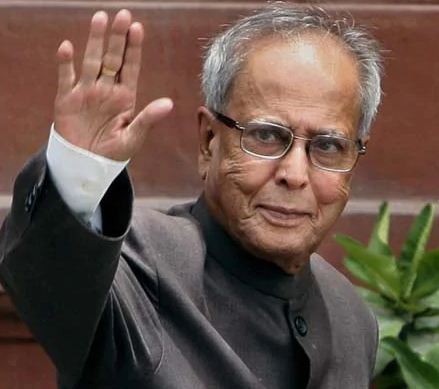

1990: Haryana Vikas Party
Bansi Lal set up the Haryana Vikas Party and on October 14, 2004 HVP merged with the Indian National Congress.
1996: Madhya Pradesh Vikas Congress
Madhavrao Scindia set up Madhya Pradesh Vikas Congress in 1996, after he was refused a Congress ticket for the Lok Sabha. In 1998, this party again merged with the Congress.
1998 : Mamata Banerjee
By the late 1990s Mamata Banerjee had become disillusioned by what she saw as a corrupt Congress Party. In West Bengal she also wanted to confront the ruling Communist Party of India (Marxist; CPI-M) more directly. On January 1, 1998, she founded the All India Trinamool Congress (AITC). AITC is the new regional force in India today.
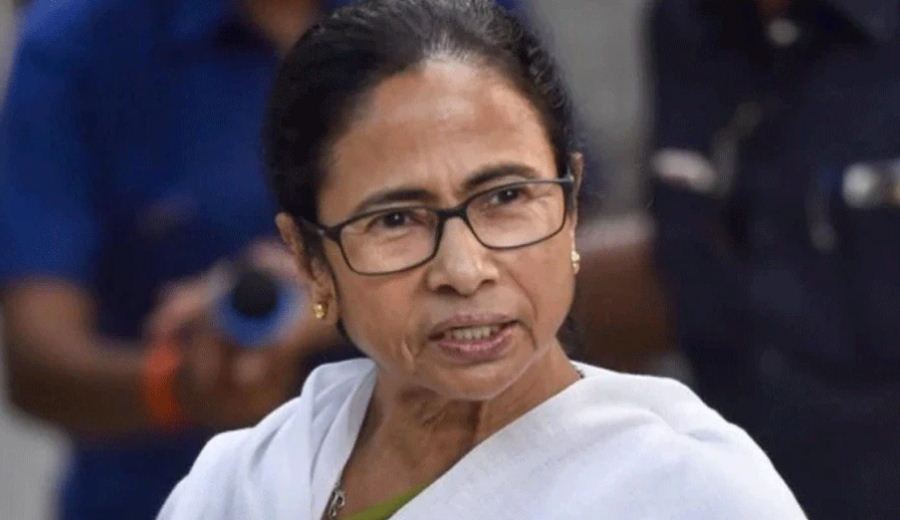

1998: Goa Rajiv Congress Party (GRCP)
Goa Rajiv Congress Party (GRCP), was a splinter group of Indian National Congress in Goa. It was founded in 1998 by Wilfred de Souza. Ahead of the Goa assembly elections 1999 GRCP launched 14 candidates, out of whom two were elected (Wilfred de Souza and Francis D’Souza). In total the party received 36,570 votes. Shortly after the elections GRCP merged with Nationalist Congress Party.
1999: The NCP
On May 25, 1999, three leaders of the Indian National Congress, who were expelled from the party for strongly disputing the right of Sonia Gandhi to become the leader of the INC, joined hands to form a new party under the name of Nationalist Congress Party or NCP. The three leaders were Sharad Pawar, P.A. Sangma and Tariq Anwar.
1999: Jammu and Kashmir People’s Democratic Party
The Jammu and Kashmir People’s Democratic Party (JKPDP) is a regional political party in the state of Jammu and Kashmir. It was founded in 1999 by Mufti Mohammad Sayeed, the former Union home minister in the V.P. Singh’s regime Jan Morcha. A former member of the Indian National Congress, Sayeed parted ways with the Congress to join Jan Morcha in 1989. He rejoined the Congress within a brief span of time, which he ultimately quit, to form the JKPDP, along with his daughter Mehbooba Mufti in July 1999.
2001: Congress Democratic Front
Congress Jananayaka Peravai (Congress Democratic Front) was a party in Tamil Nadu. It was founded in 2001 by ex-minister P. Chidambaram. In the 2004 Lok Sabha elections Chidambaram ran as the Indian National Congress candidate from Shiv Ganga, and won with 4,00,393 votes (60,01%). On November 25, 2004 CJP merged into the Indian National Congress.
2011: YSR Congress
YSR Congress Party or Yuvajana, Shramika, Rythu Congress Party (Youth, Labour and Farmer Congress Party) is a regional political party in Andhra Pradesh and Telangana. It was founded by Siva Kumar, a fan of YSR, in 2009 and taken over by Y. S. Jagan, the son of former Andhra Pradesh chief minister Y. S. Rajasekhara Reddy (popularly known as YSR) in 2011.
2011: All India N.R. Congress
All India N.R. Congress was formed by the Chief Minister of Puducherry, N Rangaswamy in the Indian union territory of Puducherry. He announced the party formation on February 7, 2011 in the party’s head office in Pondicherry as a breakaway from the Indian National Congress. Currently it is part of the National Democratic Alliance led by the serving BJP.
2016: Janta Congress
Janta Congress Chhattisgarh was a political party in Chhattisgarh. The party was founded by former Chief Minister, Ajit Jogi, after Jogi and his son Amit were expelled from Indian National Congress due to anti-party activities as well as sabotaging a bypoll election in Antagarh.
2021: Punjab Lok Congress
Punjab Lok Congress is an Indian regional political party, with its base in Punjab. It was founded by Amarinder Singh on 2 November 2021, following a split in Indian National Congress in Punjab, after he resigned as Chief Minister of Punjab and quit the Indian National Congress.
